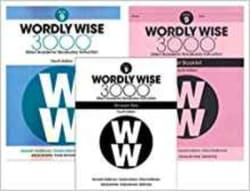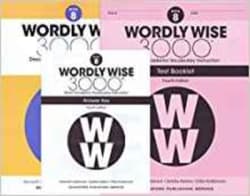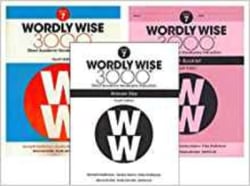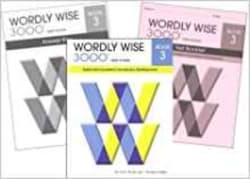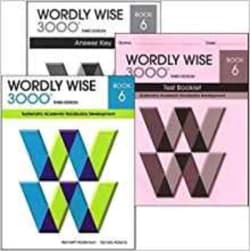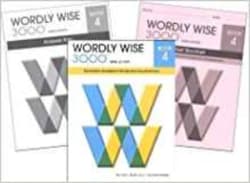Images
Promote reading for meaning in beginning readers
Starting Comprehension is based on the assumption that children do not all learn to use phonetic, semantic, and syntactic reading cues in the same order, or with the same ease. Students using this series develop comprehension of words, sentences, and short passages through 4 different types of exercises.
1. Vocabulary exercises introduce, in context, most of the words used in the workbooks. Students can refer to these pages if they are unsure of a word in a passage.
2. Literal Comprehension exercises ask questions about factual details. On the most elementary level, this involves answering yes/no questions or using internal logic. At a more sophisticated level, the student answers factual questions about a longer passage.
3. Inferential Comprehension exercises ask students to identify the correct summary or recognize the main idea of a selection.
4. In Organizational Comprehension exercises, the student relates, or organizes, the information in a passage. In the Starting Phonetically strand, students organize the information sequentially—what happened first, next, etc. In the Starting Visually strand, students organize the information by category—which items belong in the category.
Similar resources
For over 60 years EPS Literacy and Intervention has been the leader in developing and publishing programs to help struggling students, including those with dyslexia and other reading difficulties, as well as providing materials that support on-level students so they can continue to meet their goals.
Today EPS continues this mission by providing K-12 blended Customized Intervention Solutions to help at-risk and on-level students build proficiency in reading and math. Our programs connect time-tested content and innovation to give educators the power of differentiation to reach all of their students and meet the changing demands of today’s classrooms. From screening through to intervention, progress monitoring, reporting and professional development, we offer an integrated approach to address the Common Core State Standards and Response to Intervention (RTI).
As we move forward we will continue to bring innovative solutions to the classroom using the power of the latest technology and research proven instructional methods.


Wordly Wise 3000 4th Edition Grade 9 Set

Wordly Wise 3000 Fourth Edition Student Edition + Test Booklet + Answer Key Set Grade 8

Wordly Wise 3000 4th Edition Grade 7 Set

Wordly Wise 3000 Grade 3 Set

Wordly Wise 3000 Grade 6 Set









